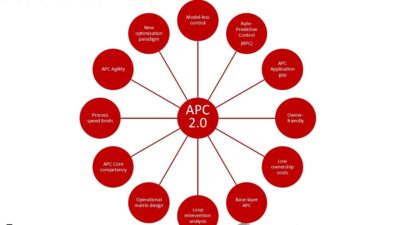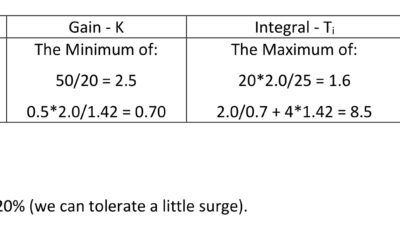While it doesn't use the term Enterprise 2.0 in its marketing efforts, Adobe Systems is at the forefront of this movement, which is all about harnessing interactive, Web-based technologies for business use. With its popular PDF Reader and Adobe Flash—the engine behind a plethora of animated features that show up on Web sites—Adobe is developing solutions that help manufacturers str...
While it doesn’t use the term Enterprise 2.0 in its marketing efforts, Adobe Systems is at the forefront of this movement, which is all about harnessing interactive, Web-based technologies for business use.
With its popular PDF Reader and Adobe Flash—the engine behind a plethora of animated features that show up on Web sites—Adobe is developing solutions that help manufacturers streamline processes related to product development, supply chain management, and other functional areas.
Most of these solutions are based on the ability to pull data from other vendors’ specialized applications and package it in ways that make it easier to share that information throughout the enterprise and supply chain. Use of such packages of combined structured and unstructured data tends to support how work really gets done. It’s the difference between business process and business practice, if you will.
Adobe has even cemented formal partnerships with certain application vendors to facilitate development of these kinds of solutions, including enterprise content management specialist EMC Documentum , ERP market leader SAP , and product life-cycle management vendors UGS and PTC .
“Manufacturers must be able to more easily deliver information from back-end enterprise systems to partners and customers,” says Mike Morel, Adobe’s director of manufacturing solutions. “Use of the now ubiquitous and free Adobe Reader and Adobe Flash Player products enables them to bridge heterogeneous application environments, languages, and technologies for a simple and pragmatic approach to securely delivering and managing business information, including 3D product designs.”
Adobe solutions for manufacturing allow companies to rapidly develop applications that enable employees to interact directly with data residing in existing systems—from inside and outside the firewall, and on- and off-line, Morel says. As a result, employees spend less time entering data, searching for information, and chasing signatures. Instead, they become more focused on core competencies.
Adobe-based solutions also make it easier for companies to collaborate with customers, partners, and suppliers.
For instance, use of Acrobat Reader and Flash Player clients promotes secure sharing of 3D product information, live collaboration, and use of customized online applications. Secondly, manufacturers can create cross-application information packages that incorporate interactive forms and integrate securely with back-end systems. They also can transform multistep processes into what Morel calls “a single, dynamic experience that provides anytime/anywhere self-service” to customers and partners.
“Adobe technology enables manufacturers to make better use of PLM, supply chain management, ERP, and service life-cycle management capabilities,” Morel says. “Consequently, they accelerate transaction and collaboration processes, extend the functionality of existing applications, and simplify interaction with—and accessibility to—enterprise applications.”



